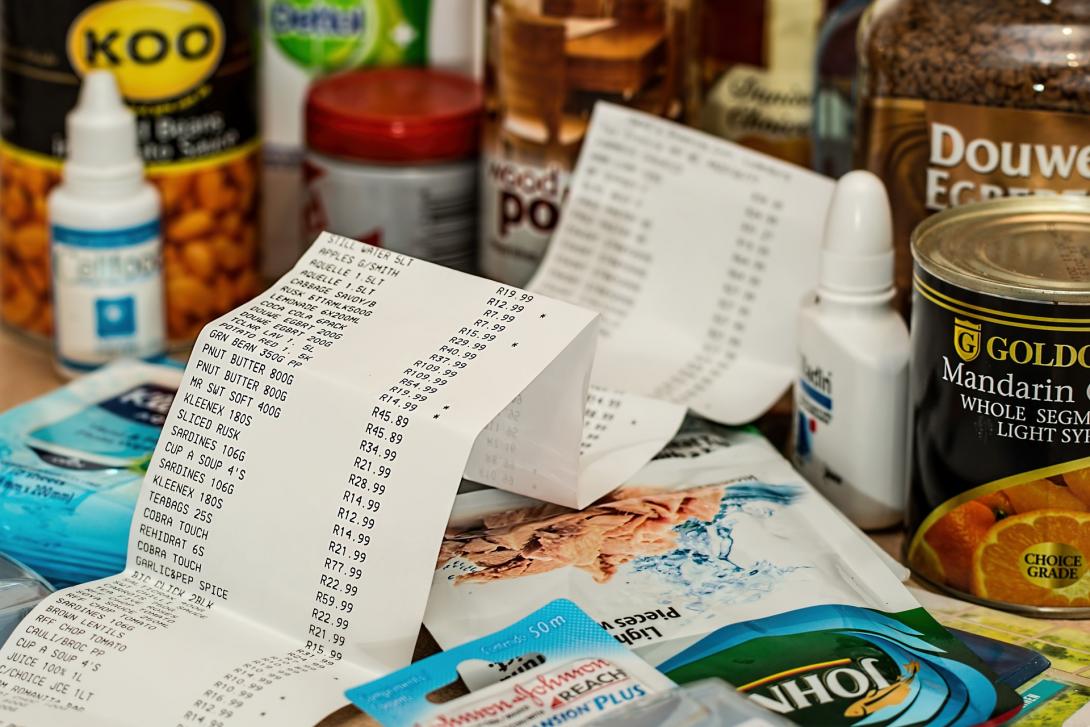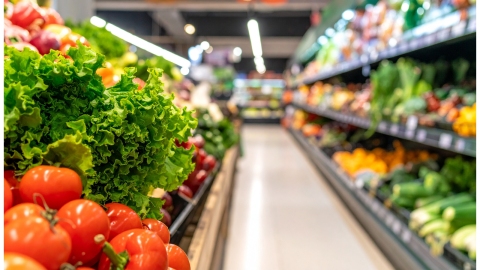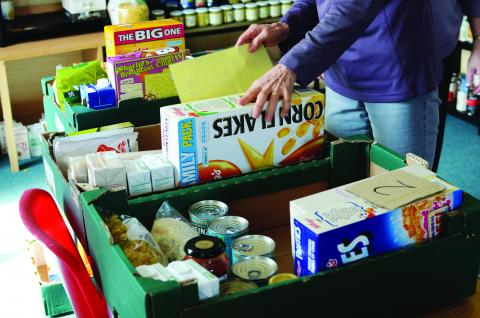22 October 2025
Food Prices Tracker: October 2025

By Katina-Leigh Taylor
Current Inflation
Latest data from the Office of National Statistics finds that food inflation has remained stable at 4.1% (CPIH). Inflation for food and non-alcoholic beverages has eased at 4.5%, since last month, However, falling inflation does not mean that prices are coming down but that they are rising more slowly.
The Basic basket
The Food Foundation’s Basic Basket is a shopping basket tracker which measures weekly price changes in what the average man and woman could typically eat as part of a reasonably costed, adequately nutritious diet (see FAQs for further details). We have been tracking the cost of the Basic Basket since April 2022. Since then, the woman’s basket of food has increased in price by 27.4%, now costing £52.19 per week. The male basket has increased by 30.2% (non-Clubcard price) and currently costs £56.66 per week. This illustrates how despite lower levels of inflation, food prices remain much higher than before the cost of living crisis.
The scale of Poverty and Food Insecurity across the UK
New data from our Health and Diet Inequalities Dashboard published last month and our Food Insecurity Tracker published today reveal the growing scale of hardship faced by families across the UK.
Food affordability has become one of the defining features of poverty and latest figures show just how differently families across the country are feeling that pressure.
In parts of the West Midlands, more than a third of children (35.2%) are living in relative poverty, compared to 23.6% in the East of England. Meanwhile, 35.8% of people in the North East are living at the highest risk of food insecurity, compared with just 7.5% in the South West. These figures paint a clear picture of deep regional disparities, illustrating that where you live still heavily determines whether you can afford to eat well.
As food prices remain stubbornly high, families are being forced to make difficult choices about what goes on their plates. Fruit, vegetables, and sources of protein are often the first to be cut back, leaving children missing out on the nutrients they need to grow and thrive.
Our Food Insecurity Tracker shows that across the population, just under 6 million adults (11.3% of households) experienced food insecurity including 1.8 million adults who reported not eating for a whole day because they couldn’t afford or access food. Furthermore, 11.8% of households with children reported that children were directly experiencing food insecurity in June 2025.
The persistence of high food prices is now becoming a major political challenge. As The Economist recently noted, many voters say their top concern is the cost of living. One pollster said he can’t do a focus group without hearing about individuals having to put groceries back at the checkout and that people "just want to know when it will become cheaper again".
Recommendations
The Food Foundation’s latest report, published today, lays out a clear roadmap for tackling food insecurity. We are also calling on the government to commit to reducing child food insecurity levels in its upcoming Child Poverty Strategy with commitments to achieve this included in the upcoming Autumn budget.
This includes:
- Setting a target to halve levels of food insecurity
- Strengthening nutritional safety net schemes that support low-income families, such as:
- Expanding Healthy Start to all families on Universal Credit, in the same way it has recently been announced Free School Meals will be expanded.
- Ensuring all children eligible for Free School Meals can benefit from them by removing barriers that currently prevent families from registering
- Removing the two-child limit






